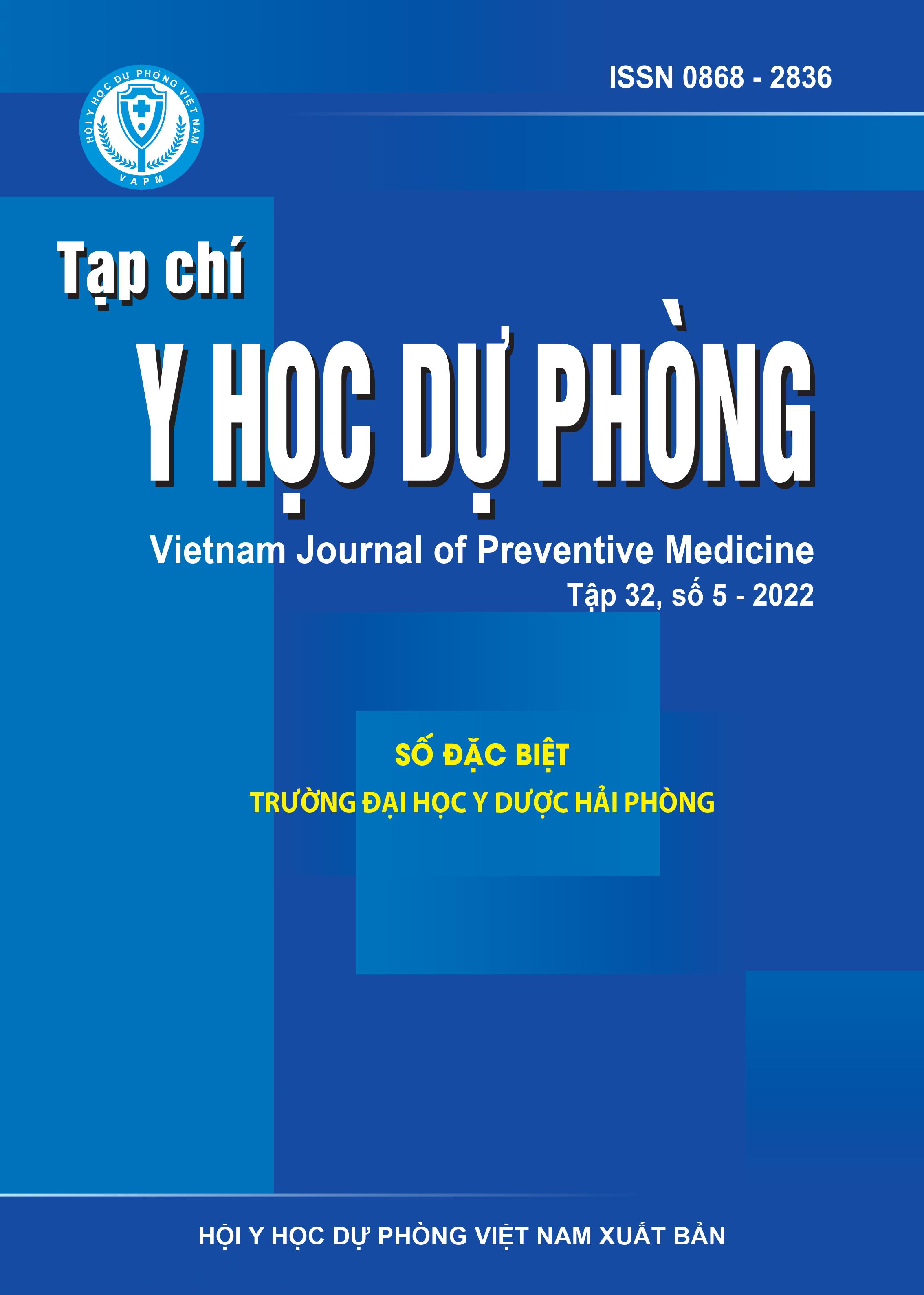Thực hành tiêm an toàn của sinh viên hệ điều dưỡng chính quy trường Đại học Y Dược Hải Phòng năm học 2020 – 2021
DOI:
https://doi.org/10.51403/0868-2836/2022/765Từ khóa:
Tiêm an toàn, sinh viên cử nhân điều dưỡng chính quy, Trường Đại học Y Dược Hải PhòngTóm tắt
Nghiên cứu mô tả cắt ngang nhằm đánh giá thực trạng tiêm an toàn của sinh viên Điều dưỡng chính quy trường Đại học Y Dược Hải Phòng tại bệnh viện năm học 2020 - 2021. Số liệu được thu thập thông qua quan sát trực tiếp 54 sinh viên cử nhân Điều dưỡng năm thứ 3 thực hiện kỹ thuật tiêm cho người bệnh dựa vào bảng kiểm từ tháng 11 năm 2020 đến tháng 5 năm 2021. Kết quả nghiên cứu cho thấy 74% sinh viên không rửa tay thường quy và không sát khuẩn tay lần 1 trước khi tiêm và 77,8% khi rút thuốc còn chạm tay vào vùng vô khuẩn của bơm tiêm. Một số bước của quy trình sinh viên thực hiện khá và tốt: Đâm kim đúng góc độ cho từng kỹ thuật tiêm (74,5%), rút kim nhanh (74,5%), sát khuẩn lại vùng tiêm sau khi tiêm xong (68,5%). Hầu hết các em chưa chú ý đến kỹ năng giao tiếp với người bệnh. Chỉ có một số lượng nhỏ các em sinh viên chào người bệnh, giới thiệu về mình, thông báo giải thích cho người bệnh về việc sắp làm (27,8% và 29,6%). 83,3% sinh viên phân loại rác thải theo đúng quy định của Bộ Y tế sau khi tiêm xong. Thực hiện kỹ thuật tiêm của sinh viên còn nhiều hạn chế, đặc biệt là công tác vô khuẩn, kỹ thuật lấy thuốc và giao tiếp với người bệnh.
Tải xuống
Tải xuống
Đã Xuất bản
Cách trích dẫn
Số
Chuyên mục
Giấy phép
Giấy phép xuất bản số: 150/GP-BTTTT cấp ngày 8/5/2014;
Giấy phép hoạt động báo chí điện tử số 322/GP-BTTTT cấp ngày 15/6/2016.


